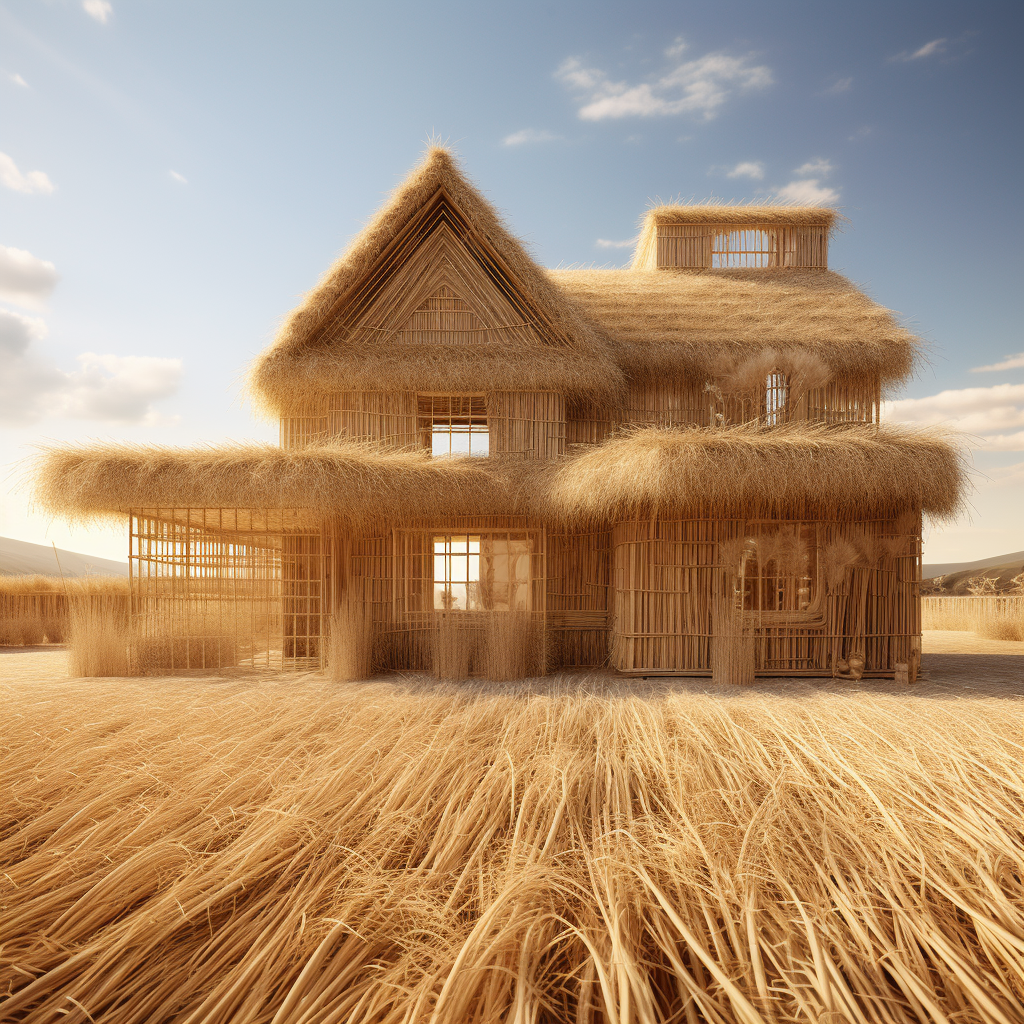Eco-friendly Home Building Materials
Building or renovating a home is an exciting process that allows individuals to express their personal style and create a space that suits their unique needs. However, it is essential to consider the environmental impact of the materials used in construction. As an increasing number of people recognize the importance of sustainability, there has been a surge in demand for eco-friendly home building materials. In this article, we will explore various sustainable building materials and discuss their pros and cons, highlighting how they contribute to energy-efficient homes and reduced environmental impact.
1. Bamboo
Bamboo has gained significant popularity as a sustainable building material due to its rapid growth and regenerative properties. This grass variety can reach maturity within just a few years, making it an exceptionally renewable resource. It is known for its strength and durability, making it an excellent substitute for traditional timber. Moreover, bamboo is highly versatile and can be used for flooring, furniture, cabinets, and even as a structural element.
Pros:
- Rapid growth and high renewability
- Comparable strength to traditional timber
- Versatile applications
- Aesthetic appeal
Cons:
- Limited sourcing options in some regions
- Prone to moisture-related issues if not properly treated
- Misleading labels, as some products labeled as bamboo may contain other wood materials

2. Recycled Steel
Steel has long been utilized in construction due to its strength and durability. Recycled steel takes the environmental benefits a step further by reducing the need for new raw materials and minimizing waste. By using recycled steel, homeowners can lower their carbon footprint and contribute to the conservation of natural resources. Additionally, steel is non-combustible, providing an added safety benefit.
Pros:
- Made from recycled materials, reducing the demand for new resources
- High strength and durability
- Non-combustible, providing fire resistance
- Versatile applications in structural elements
Cons:
- Production process may involve high energy consumption
- Susceptible to corrosion if not properly protected
- Higher upfront costs compared to traditional building materials
3. Straw Bales
Straw bale construction is an ancient building technique that has experienced a resurgence in recent years. By using straw bales as building blocks, homes can be insulated to achieve excellent energy efficiency. Straw bales boast exceptional insulation properties, offering both thermal and sound insulation benefits. They are often used as infill material between frame structures, resulting in energy-efficient homes.
Pros:
- Excellent insulation properties for energy-efficient homes
- Natural and renewable material
- Good thermal and sound insulation qualities
- Cost-effective in some regions
Cons:
- Requires proper sealing to prevent moisture issues
- Limited sourcing options in some areas
- Special construction techniques may be necessary

Please note: The use of straw bales for construction may require compliance with local building codes and regulations. Consultation with professionals is recommended before adopting this building technique.
4. Rammed Earth
Rammed earth is an ancient construction method that involves compressing a mixture of soil, gravel, sand, and clay into sturdy walls. This technique emphasizes the use of on-site materials, reducing transportation emissions and minimizing waste. Rammed earth provides excellent thermal mass, effectively regulating indoor temperatures and reducing heating and cooling needs. It also has exceptional durability, with many historic rammed earth structures still standing today.
Pros:
- Utilizes on-site materials, minimizing environmental impact
- Superior thermal mass, maintaining stable indoor temperatures
- Long-lasting and durable
- Unique aesthetics and natural beauty
Cons:
- Labor-intensive construction process
- Limited applicability to certain climates and soil types
- Requires proper design and construction techniques for structural integrity
5. Cork
Cork is a highly sustainable building material derived from the bark of cork oak trees. The harvesting process does not harm the trees, as the outer bark naturally regenerates. Cork possesses excellent thermal and acoustic insulation properties and is commonly used for flooring, wall coverings, and insulation panels. It is a renewable material that offers both aesthetic and functional benefits.
Pros:
- Renewable resource with minimal impact on cork oak trees
- Excellent thermal and acoustic insulation properties
- Hypoallergenic and resistant to mold and pests
- Versatile applications in flooring, insulation, and wall coverings
Cons:
- Vulnerable to moisture
- Limited sourcing options in some regions
- Higher initial costs compared to conventional materials
Conclusion
Selecting eco-friendly home building materials is a crucial step towards creating sustainable and energy-efficient homes. Materials like bamboo, recycled steel, straw bales, rammed earth, and cork offer remarkable benefits in terms of renewability, insulation, and reduced environmental impact. However, it is important to conduct thorough research, consider local availability, and consult professionals to ensure the suitability of these materials for specific projects. By making environmentally conscious choices, individuals can contribute to a greener future while enjoying the benefits of a truly sustainable home.
Remember, a sustainable future starts with the small choices we make today.